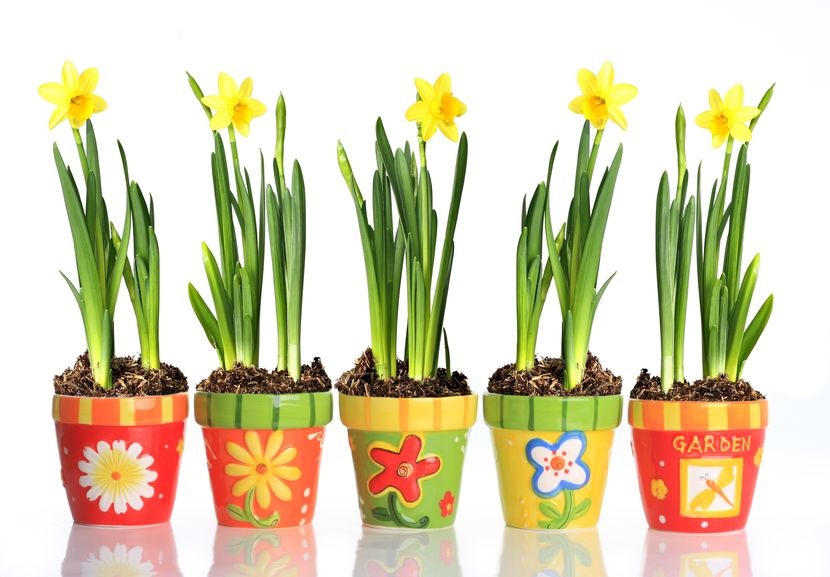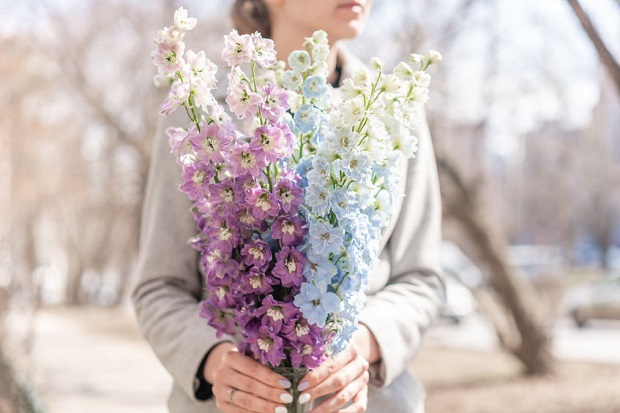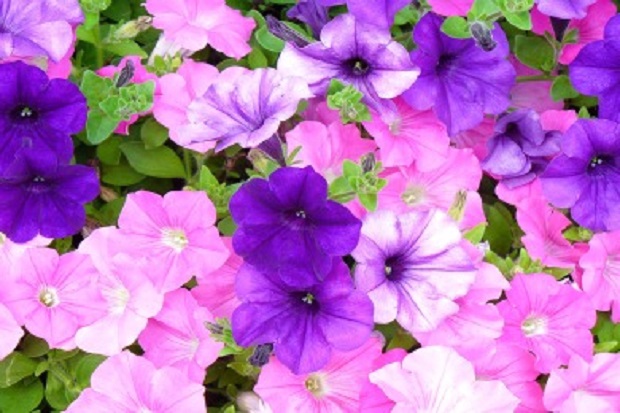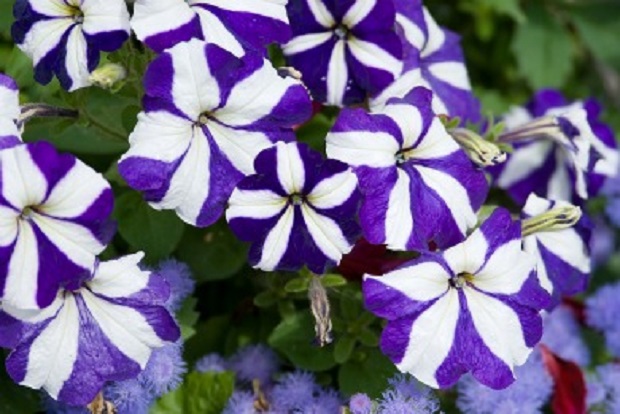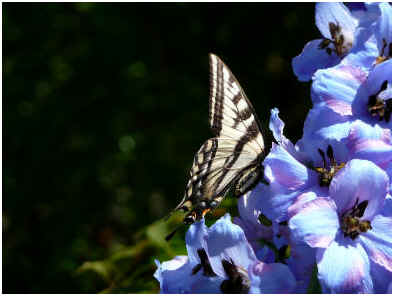
Is Basil Poisonous to Cats and Dogs?
Basil is not poisonous to cats or dogs. The American Society for the Prevention of Cruelty to Animals (ASPCA) lists basil as a non-toxic plant for cats and dogs. Several garden herbs make the non-toxic to pets list. But, surprisingly, more than a few will make your cat or dog ill. Take a look at the toxic and non-toxic garden herbs for pets.
Jump Ahead
- Herbs Not Toxic to Cats and Dogs
- Herbs Toxic to Cats and Dogs
- ASCPA – Your Headquarters for Answers
- Resources
Herbs Not Toxic to Cats and Dogs
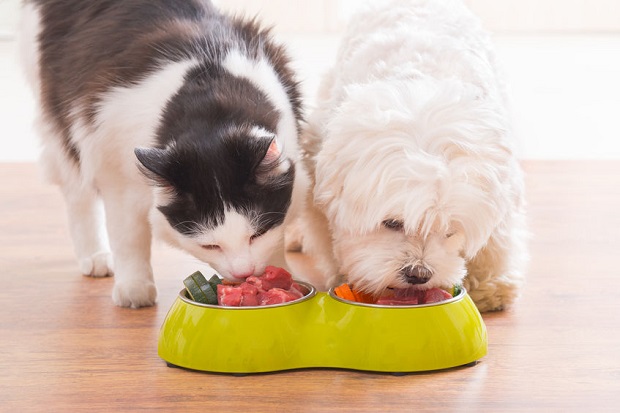
If you have an herb garden and are worried about your cat ingesting your plants, basil is not a concern. Basil (scientific name: Ocimum from the family Lamiaceae) Saint Joseph’s Wort, Thai Basil, and Sweet Basil are on ASPCA’s list of plants that are non-toxic to cats. [1]
Additionally, cilantro, dill, rosemary, sage, and thyme are also on ASPCA’s list of non-toxic plants for cats. [2]
Herbs Toxic to Cats and Dogs
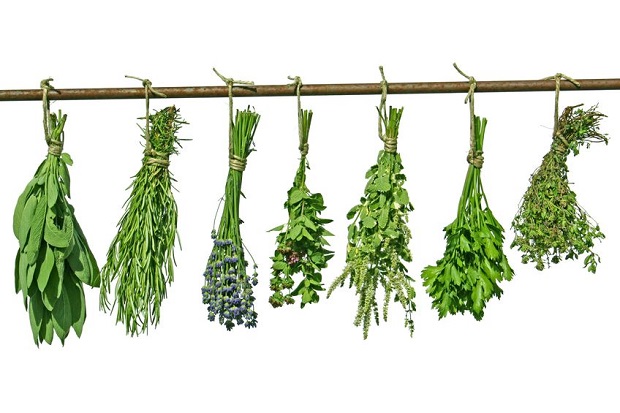
Not all herbs are safe for your pet. Here are the garden herbs that you should avoid if you have a pet that ingests your plants.
Chives are also toxic to cats, dogs, and horses. According to the ASPCA, ingesting chives can cause vomiting, breakdown of red blood cells (hemolytic anemia, Heinz body anemia), blood in urine, weakness, high heart rate, and panting. [3]
Marjoram is toxic to cats and dogs and can cause vomiting and diarrhea. [4]
Mint is toxic to cats, dogs, and horses and can cause vomiting and diarrhea with large ingestions. [5]
Parsley, Italian Parsley, Hamburg Parsley, and Turnip-rooted Parsley ingested in large amounts can cause photosensitization. [6] Photosensitization is an increased susceptibility of skin to damage caused by ultraviolet light. [7]
Oregano is another herb that can cause mild vomiting and diarrhea in cats, dogs, and horses. [8]
Tarragon is toxic to cats, dogs, and horses and will cause mild vomiting and diarrhea. [9]
ASPCA – Your Headquarters for Answers

The American Society for the Prevention of Cruelty to Animals (ASPCA) maintains an invaluable online library of resources that can help answer your questions about plant toxicity and your pet. Here are a few helpful resources.
Toxic and Non-Toxic Plant List – Cats
This resource is an extensive index of plants from A to Z listed in alphabetical order, referring to the most common plant name. The list begins with plants that are toxic to cats, and boy, is it extensive! The second half of the list contains plants that are not toxic to cats.
The plant names link to a separate page that offers a photo of the plant, to which animals it poses a threat, and the clinical signs that your pet may have ingested it.
If you have a pet and you have plants in your home or around your yard, this is your go-to resource to find out which may be dangerous to have around. The list includes the symptoms and ramifications to your pet from ingesting them.
Resources
- [1][2] ASPCA – “Toxic and Non-Toxic Plants List – Cats.“
- [3] ASPCA – “Pet Care – Animal Poison Control – Toxic and Non-Toxic Plants – Chives.“
- [4] ASPCA – “Pet Care – Animal Poison Control – Toxic and Non-Toxic Plants – Marjoram.”
- [5] ASPCA – “Pet Care – Animal Poison Control – Toxic and Non-Toxic Plants – Mint.“
- [6] ASPCA – “Pet Care – Animal Poison Control – Toxic and Non-Toxic Plants – Parsley.“
- [7] Merk Manual – Veterinary Manual – “Photosensitization in Animals.”
- [8] ASPCA – “Pet Care – Animal Poison Control – Toxic and Non-Toxic Plants – Oregano.“
- [9] ASPCA – “Pet Care – Animal Poison Control – Toxic and Non-Toxic Plants – Tarragon.“
